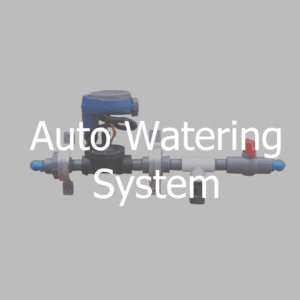April 5, 2016
 If you have plenty of open space around your home and want to spend a productive time outdoors, you should start a vegetable garden. This will enable you to enjoy growing your own vegetables and obtain fresh produce for your kitchen, canning purposes, or just by giving them away. The first steps when planning a vegetable garden are locating the site and determining its size. You should start small and expand your vegetable garden over the years.
If you have plenty of open space around your home and want to spend a productive time outdoors, you should start a vegetable garden. This will enable you to enjoy growing your own vegetables and obtain fresh produce for your kitchen, canning purposes, or just by giving them away. The first steps when planning a vegetable garden are locating the site and determining its size. You should start small and expand your vegetable garden over the years.
How to Plan a Vegetable Garden
Size and Location
Choose a level plot about 16 feet by 10 feet in a sunny spot. When deciding on the size of your vegetable plot, error on the side of caution and fix on a smaller plot first. Once you are sure you can manage this and also make use of the vegetables you grow, you can expand it in the future. Vegetables require between six and eight hours of sunlight a day, so make sure the plot you select receives plenty of sun and is away from trees that can cast a shadow or take away vital nutrients. If possible, select a plot that is close to the house since this will discourage garden pests and wild animals.Soil Quality
Vegetables require plenty of nutrients, so the soil should be loamy. Before you begin planting, get the soil tested and add mulch, compost, and other fertilizers as recommended.Picking the Plants
Once you have decided on the plot you need to pick the plants you want to grow. Consult with the local horticultural organization about the best vegetables to grow in your area. Also factor in your tastes and requirements and only plant those vegetables that you will use. Some of the easiest plants to grow for beginners are tomatoes, zucchini, peppers, bush beans, cabbage, carrot, beets, lettuce, radishes, and chard. You should also plant marigolds around the vegetable garden to keep out rabbits.Vegetable Rows
A garden that is 16 feet by 10 feet can accommodate 11 rows each of 10 feet in length. This spacing of the rows will give you sufficient space to walk between them to water, weed, and harvest the crop of vegetables.Raised Beds or Tilling
Another decision that you need to make regarding the vegetable garden is whether you will be tilling the soil or planting on raised beds. Raised beds are recommended if the soil is of poor quality or if you have a bad back.Building a Raised Bed
You can build a raised bed using four feet width lumber. The four feet width of the beds is ideal for growing most vegetables and will provide you with space to walk between the raised beds to tend to your plants, whether you are watering them or weeding the beds. When selecting lumber opt for natural woods with oil such as cedar that will not decompose easily even when exposed to soil and moisture. This will ensure that the raised beds last for around ten years. Alternatively, you can use pressure treated wood as long as it is not CCA pressure treated. When selecting lumber for your raised vegetable bed, ensure that it will not leach harmful chemicals into the soil. It is also possible to build raised vegetable beds using concrete blocks. However, this will likely increase the pH of the soil over time and you will need to treat the soil to combat this. When building a raised bed, the depth should be at least 6 inches while 12 inches is ideal. Drive wooden stakes into the ground to support the raised beds. The stakes should be spaced all along the length of the raised bed. Next, the wooden beds can be fixed to the stakes using galvanized screws and the beds filled with a mix of soil, compost, and manure.Watering
While all vegetable gardens require at least an inch of water a week, raised beds might need to be watered more frequently, especially in summer. To prevent the soil from drying in summer, it can be covered with mulch, hay, or other organic material. It is possible to start a vegetable garden even if you only have a small open space, as long as the plot receives plenty of sunlight. All other aspects of the garden can be controlled. For instance, after getting the soil tested, you can add compost, manure, and fertilizer to improve its quality, build a raised bed, and increase the frequency of water if needed.Gardening Tools
Once you have decided to start a vegetable garden, you should order the seeds or plants you require as well as a set of gardening tools. The basic gardening tools you need include a garden fork, spade, watering hose, hand weeder, hoe, and bucket or wheel barrow. Just as you need to order quality seeds, consider paying extra for high quality gardening tools since they will last longer―certainly if you take care of them. For instance, leaving tools in the weather, in the sun all day, is not conducive to long tool life.April 5, 2016
-
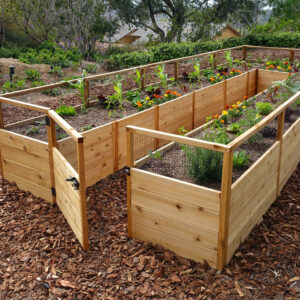 On SaleSale!%Off10Save $241241$10%241$On SaleSale!%Off10Save $241241$10%241$
On SaleSale!%Off10Save $241241$10%241$On SaleSale!%Off10Save $241241$10%241$ -
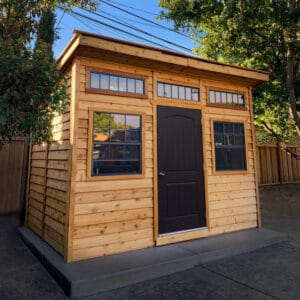 On SaleSale!%Off10Save $659659$10%659$On SaleSale!%Off10Save $708708$10%708$On SaleSale!%Off10Save $958958$10%958$On SaleSale!%Off10Save $833833$10%833$On SaleSale!%Off10Save $777777$10%777$On SaleSale!%Off10Save $958958$10%958$
On SaleSale!%Off10Save $659659$10%659$On SaleSale!%Off10Save $708708$10%708$On SaleSale!%Off10Save $958958$10%958$On SaleSale!%Off10Save $833833$10%833$On SaleSale!%Off10Save $777777$10%777$On SaleSale!%Off10Save $958958$10%958$ -
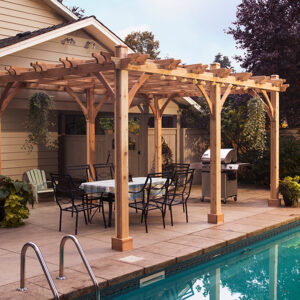 On SaleSale!%Off10Save $571571$10%571$On SaleSale!%Off10Save $571571$10%571$
On SaleSale!%Off10Save $571571$10%571$On SaleSale!%Off10Save $571571$10%571$ -
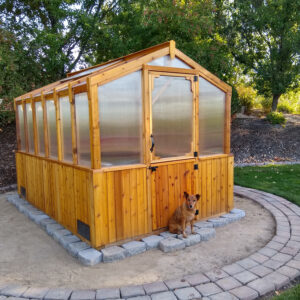 On SaleSale!%Off10Save $563563$10%563$On SaleSale!%Off10Save $563563$10%563$
On SaleSale!%Off10Save $563563$10%563$On SaleSale!%Off10Save $563563$10%563$ -
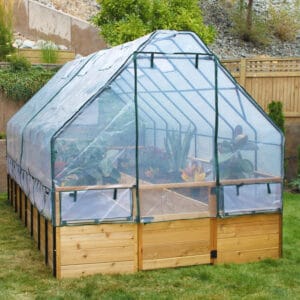 On SaleSale!%Off10Save $215215$10%215$On SaleSale!%Off10Save $215215$10%215$
On SaleSale!%Off10Save $215215$10%215$On SaleSale!%Off10Save $215215$10%215$ -
